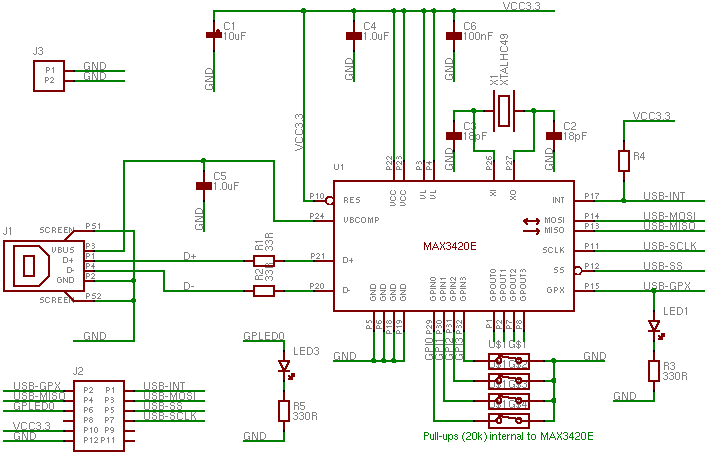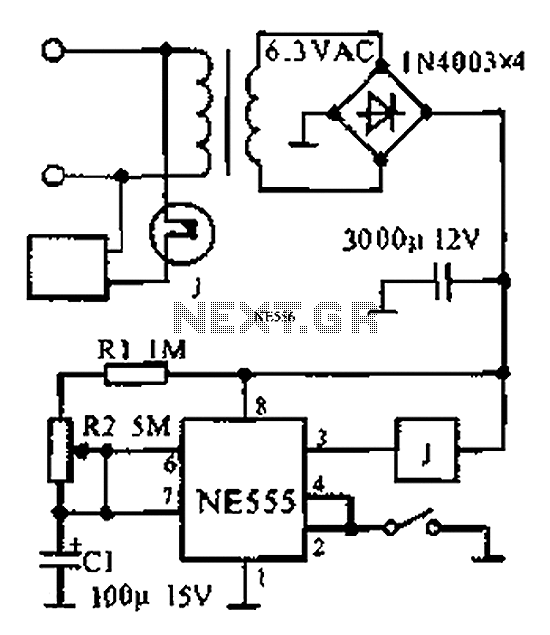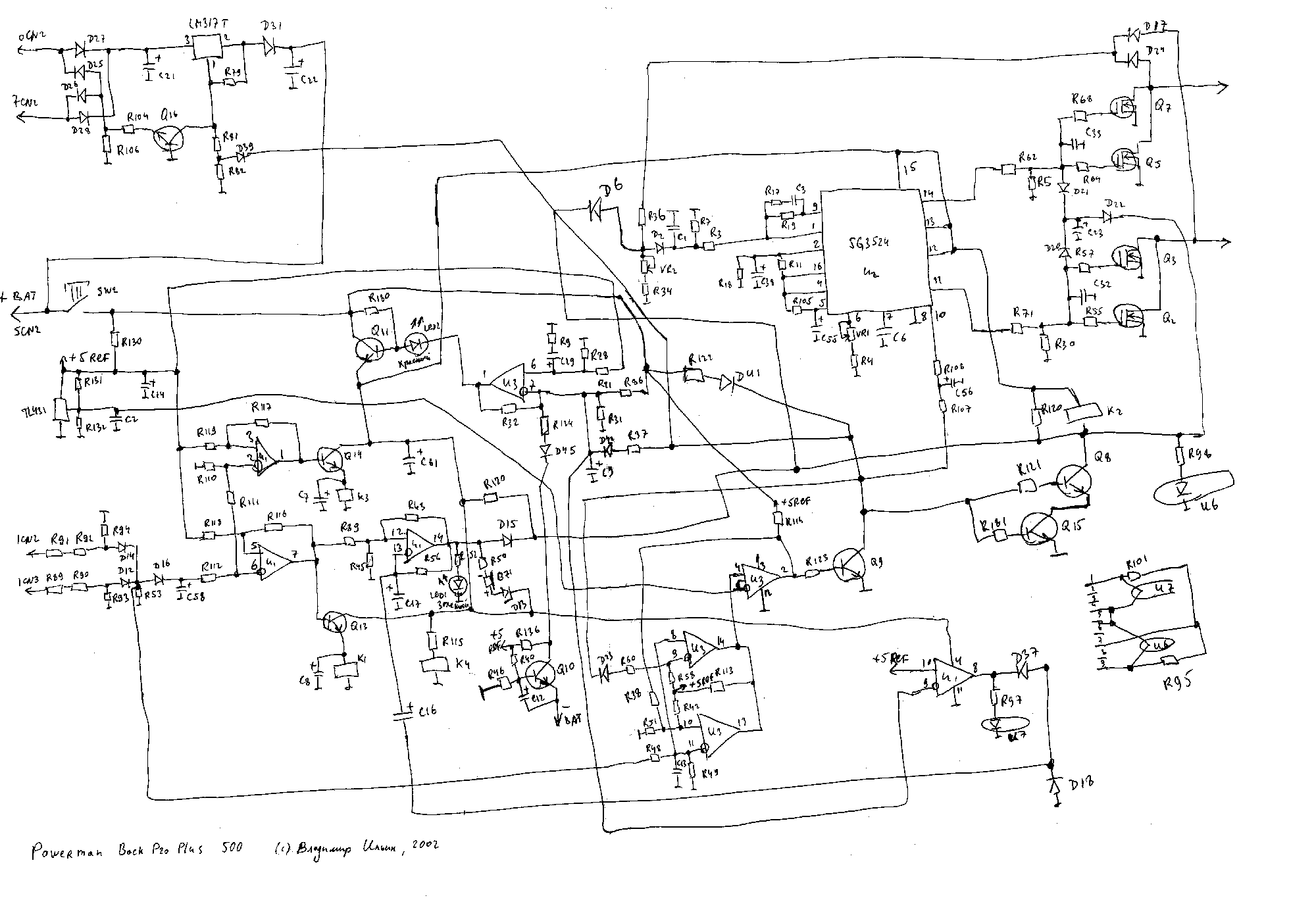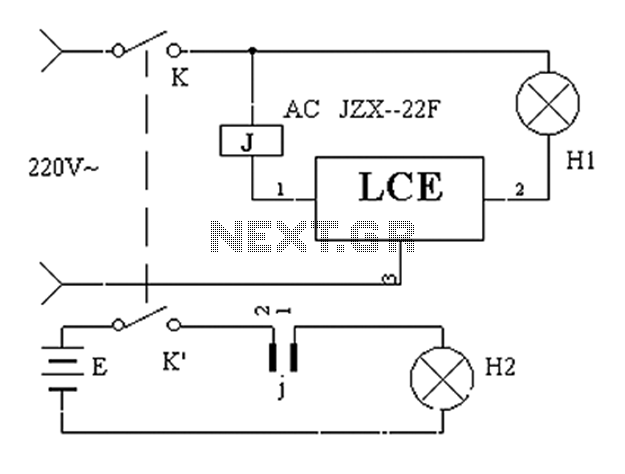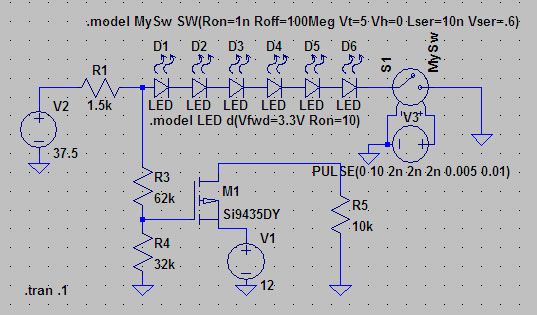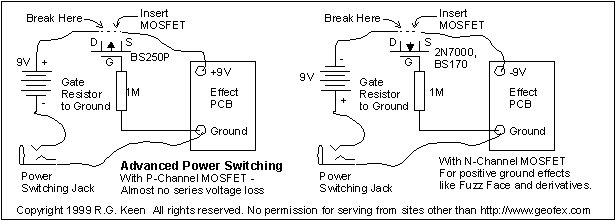
Power Supply For USB Devices

Although a matching charger is typically included in the package, some devices can only be charged via a USB port. This is not surprising for USB MP3 players, which need to dock with a PC for file transfers. However, this feature can pose a significant disadvantage during computer-free holidays. It often raises questions about how simple the solutions to such problems can be. If the goal is merely to supply voltage, a USB port can be easily replicated. The circuit presented here utilizes a 7805 voltage regulator in a standard configuration. The innovation lies in the USB connector that allows the MP3 player to connect. The 7805 voltage regulator comes in various models, with most capable of supplying 1 A, while some advanced versions can deliver up to 1.5 A. Since a USB device is limited to drawing a maximum of 500 mA from the port it is connected to, the circuit can provide charging and/or operating current for up to two or three USB devices simultaneously. The input voltage can range from 7 to 24 volts, making a simple wall adapter with DC output sufficient for both home and travel use.
The circuit design described employs a 7805 voltage regulator, which is a linear voltage regulator commonly used to provide a stable 5V output. The 7805 operates efficiently within a specified input voltage range of 7V to 24V, making it versatile for various power sources, including wall adapters and battery systems.
In the circuit configuration, the input voltage is connected to the input pin of the 7805, while the output pin delivers a regulated 5V supply. The ground pin is connected to the common ground of the circuit. Capacitors are typically used on both the input and output sides of the regulator to filter noise and stabilize the voltage. A common configuration includes a 0.33 µF capacitor on the input and a 0.1 µF capacitor on the output, which helps in maintaining voltage stability during load changes.
The USB connector is integrated into the circuit to facilitate the connection of USB devices such as MP3 players. This connector is designed to comply with USB specifications, ensuring that devices can communicate and draw power safely. The circuit's ability to support multiple devices simultaneously is contingent upon the current limitations set by the USB standard, which restricts each port to a maximum draw of 500 mA. By leveraging the 7805’s capability to supply up to 1.5 A, the circuit can efficiently manage the power needs of two or three devices at once, making it suitable for various applications.
This design is particularly advantageous for users who may find themselves without access to a computer for charging purposes, such as during travel. By providing a straightforward and effective method to charge USB devices, the circuit enhances user convenience and device usability.Although a matching charger is usually supplied in the package, there are also devices that can only be charged via a USB port. That is not surprising in the case of USB MP3 players, which have to dock` in the PC anyway for some time for the purpose of file transferring.
Still, the same feature` can be a serious disadvantage, for example, on computer-free` holidays. Sometimes it makes you wonder how simple the solutions to such problems actually turn out to be. After all, if it`s just a supply voltage we`re after, then a USB port is easily imitated. The circuit shown here is nothing but a 7805 in a dead standard configuration. The innovation, if any, might be USB connector to which the MP3 player can be connected. The 7805 comes in different flavours most devices can supply 1 A, but there are also more advanced variants that achieve up to 1. 5 A. Because a USB device is never allowed to draw more than 500 mA from the port it is plugged into, the circuit shown here should be able to supply charging and/or operating current to up to two (or three) USB devices at the same time.
The input voltage may be a direct voltage of anything between 7 and 24 volts, so for use at home or abroad a simple wall cube with DC output is sufficient. 🔗 External reference
The circuit design described employs a 7805 voltage regulator, which is a linear voltage regulator commonly used to provide a stable 5V output. The 7805 operates efficiently within a specified input voltage range of 7V to 24V, making it versatile for various power sources, including wall adapters and battery systems.
In the circuit configuration, the input voltage is connected to the input pin of the 7805, while the output pin delivers a regulated 5V supply. The ground pin is connected to the common ground of the circuit. Capacitors are typically used on both the input and output sides of the regulator to filter noise and stabilize the voltage. A common configuration includes a 0.33 µF capacitor on the input and a 0.1 µF capacitor on the output, which helps in maintaining voltage stability during load changes.
The USB connector is integrated into the circuit to facilitate the connection of USB devices such as MP3 players. This connector is designed to comply with USB specifications, ensuring that devices can communicate and draw power safely. The circuit's ability to support multiple devices simultaneously is contingent upon the current limitations set by the USB standard, which restricts each port to a maximum draw of 500 mA. By leveraging the 7805’s capability to supply up to 1.5 A, the circuit can efficiently manage the power needs of two or three devices at once, making it suitable for various applications.
This design is particularly advantageous for users who may find themselves without access to a computer for charging purposes, such as during travel. By providing a straightforward and effective method to charge USB devices, the circuit enhances user convenience and device usability.Although a matching charger is usually supplied in the package, there are also devices that can only be charged via a USB port. That is not surprising in the case of USB MP3 players, which have to dock` in the PC anyway for some time for the purpose of file transferring.
Still, the same feature` can be a serious disadvantage, for example, on computer-free` holidays. Sometimes it makes you wonder how simple the solutions to such problems actually turn out to be. After all, if it`s just a supply voltage we`re after, then a USB port is easily imitated. The circuit shown here is nothing but a 7805 in a dead standard configuration. The innovation, if any, might be USB connector to which the MP3 player can be connected. The 7805 comes in different flavours most devices can supply 1 A, but there are also more advanced variants that achieve up to 1. 5 A. Because a USB device is never allowed to draw more than 500 mA from the port it is plugged into, the circuit shown here should be able to supply charging and/or operating current to up to two (or three) USB devices at the same time.
The input voltage may be a direct voltage of anything between 7 and 24 volts, so for use at home or abroad a simple wall cube with DC output is sufficient. 🔗 External reference
